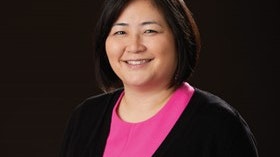Homepage
•
Learning Library
•
Blog
•
MEMBER VOICES: Janice Mak says it's possible to bring CS to all students
Expand breadcrumbs
Expand breadcrumbs
- Learning Library
- Blog
- MEMBER VOICES: Janice Mak says it's possible to bring CS to all students
- Homepage
- •
- Learning Library
- •
- Blog
- •
- MEMBER VOICES: Janice Mak says it's possible to bring CS to all students
MEMBER VOICES: Janice Mak says it's possible to bring CS to all students
By Janice Mak
March 18, 2018








